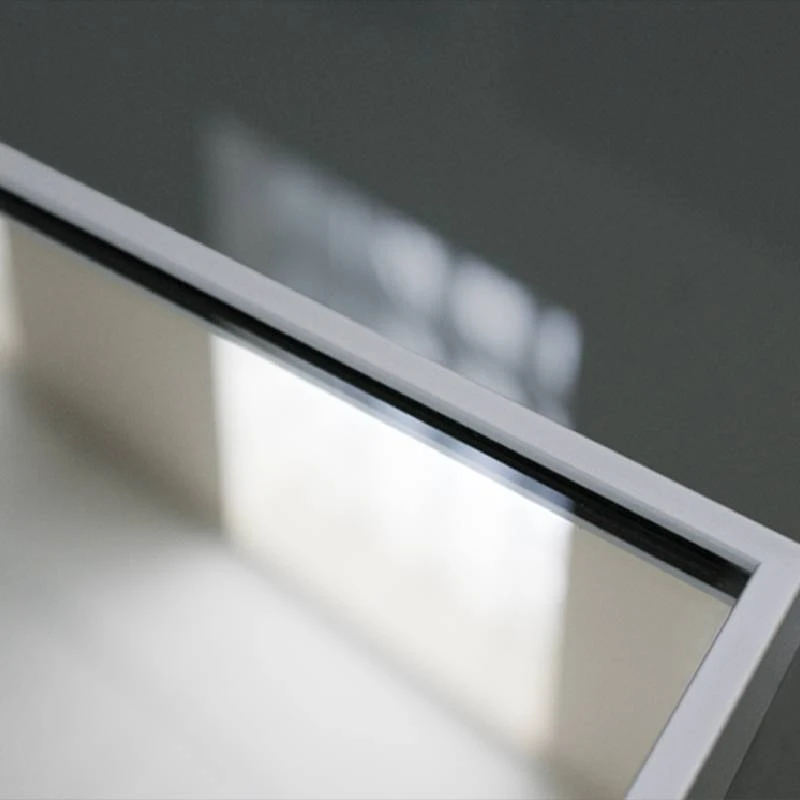

The Rise of Tempered Glass Companies An Overview
Tempered glass, known for its strength and safety, has gained significant popularity in various industries, including construction, automotive, and furniture. The rise of tempered glass companies in recent years reflects an increasing demand for materials that combine aesthetics with resilience. In this article, we will explore the factors contributing to the growth of tempered glass manufacturers and the benefits of using this specialized glass.
Tempering is a process that involves heating glass to approximately 620 degrees Celsius and then rapidly cooling it. This method increases the glass's strength and thermal resistance, making it less likely to shatter compared to regular glass. If broken, tempered glass shatters into small, blunt pieces, reducing the risk of injury. This unique characteristic is one of the main reasons architects and designers prefer tempered glass in their projects.
The Rise of Tempered Glass Companies An Overview
In the automotive sector, tempered glass is commonly used for side and rear windows. With safety regulations becoming more stringent worldwide, manufacturers are seeking stronger, safer alternatives to conventional glass. Tempered glass not only meets these requirements but also enhances the overall design of vehicles, contributing to a sleek and contemporary look.

As the demand for tempered glass grows, so does the competition among companies. New players are entering the market, aiming to innovate and provide specialized products tailored to various industries. These companies employ advanced technologies and manufacturing techniques to improve their offerings, which include laminated, insulated, and decorative tempered glass. Such innovations cater to diverse consumer preferences, allowing for unlimited design possibilities in residential and commercial spaces.
Moreover, the expansion of e-commerce has opened new avenues for tempered glass companies. Consumers can now purchase custom-sized tempered glass products online, helping businesses reach a broader audience. Websites that offer online design tools empower consumers to visualize their projects, further fueling the demand for this versatile material.
Sustainability is another critical aspect driving the growth of tempered glass companies. Many manufacturers are adopting eco-friendly practices, such as recycling waste glass and efficiently managing energy consumption during the production process. As public awareness of environmental issues increases, consumers are more inclined to choose products from companies that prioritize sustainability.
In summary, the rise of tempered glass companies can be attributed to several factors, including the demands of the construction and automotive industries, the advent of e-commerce, and a growing emphasis on sustainability. As technology advances, the capabilities and applications of tempered glass continue to expand. This innovative material not only enhances the safety and aesthetic appeal of buildings and products but also aligns with the global push for eco-friendly solutions. As these trends evolve, tempered glass companies are well-positioned to meet the increasing needs of consumers and industries alike.